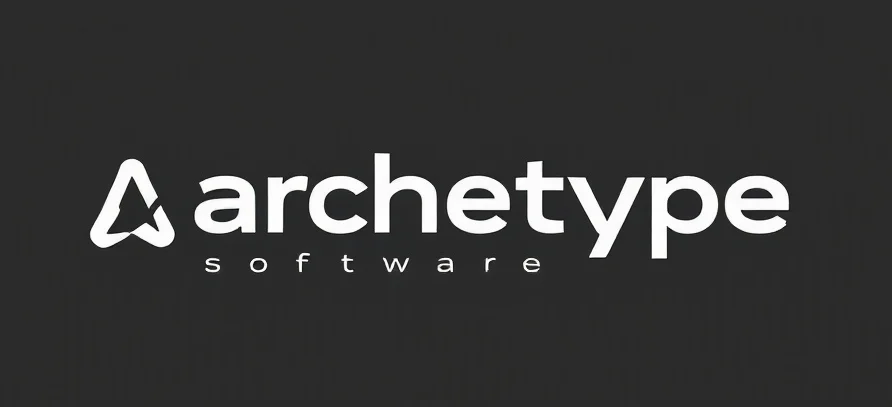The Enchanting World of Hocus Pocus Costumes
If you’re a fan of Halloween or just love a good dose of spooky nostalgia, chances are you’ve marveled at the iconic characters from hocus pocus movie costumes. These costumes aren’t just fun dress-up pieces; they’re vivid manifestations of classic archetypes that tell stories beyond their fabric and makeup. They embody timeless archetypes—like the mischievous witch, the brave hero, or the comic sidekick—that have been woven into storytelling for centuries. Today, let’s peel back the layers of these characters and explore how their costumes reveal deeper narrative archetypes, making the movie not just a Halloween hit but a timeless tale of magic, mischief, and memory.
Understanding Archetypes Through Costume Design
The Witch: The Mysterious Rebel
First up, we have the quintessential witch—played so memorably by Bette Midler, Sarah Jessica Parker, and Kathy Najimy. Their costumes are more than just spooky robes and pointy hats; they’re a visual shorthand for the archetype of the Rebel or the Outcast. Their dark, flowing garments, wild hair, and mystical accessories evoke a sense of the mysterious outsider—an ancient archetype that symbolizes wisdom, power, and the desire to break free from societal norms. These costumes make the witches appear both formidable and fascinating, embodying the archetype of the wise woman or the trickster, depending on how you look at their mischievous antics throughout the film.
The Hero: The Reluctant but Courageous
On the flip side, consider the young hero of the story—Max Dennison. His costume is simple but effective: a classic teenage look—hoodie, jeans, and sneakers—that instantly identifies him as the everyday kid thrown into a supernatural adventure. His archetype? The Everyman or the Hero’s Journey archetype. His costume signifies relatability—an ordinary kid who, through courage and quick thinking, rises to face extraordinary challenges. It’s a visual cue reminding us that heroism isn’t about supernatural powers but about resourcefulness and heart.
The Comic Relief: The Lovable Sidekick
Then there’s Billy, the zombie character brought to life with his ragged, stitched-up look. His costume is a playful nod to the archetype of the Trickster or the Comic Relief—characters who bring levity to tense moments. Billy’s disheveled, spooky appearance makes him both funny and endearing, emphasizing that even in the face of darkness, humor and heart can shine through. His costume, with its tattered clothes and ghostly glow, helps him stand out as a character who defies expectations—he’s scary but also charming in his own zombie way.
The Power of Costume Archetypes in Storytelling
What’s fascinating about these costumes is how they serve as visual storytelling tools. They instantly communicate a character’s role, personality, and even their moral alignment without a single line of dialogue. For instance, the witches’ dark attire signals their connection to magic and chaos, while Max’s casual outfit makes him relatable and heroic. These archetypes, rooted in storytelling traditions dating back thousands of years, help audiences instantly understand characters’ motivations and conflicts, enriching the storytelling experience.
Why These Archetypes Still Resonate Today
Even decades after the movie’s release, the archetypes embodied by the characters in Hocus Pocus remain relevant. They tap into universal themes—wisdom versus folly, the outsider versus the mainstream, chaos versus order—that continue to resonate with audiences of all ages. The costumes, therefore, aren’t just Halloween dress-up; they’re visual metaphors for stories we all tell ourselves about identity, belonging, and the magic of transformation. Whether you’re dressing up as Winifred Sanderson with her commanding green dress and wild hair or as the brave Max with his casual cool, you’re embodying these universal archetypes that make storytelling powerful and memorable.
In Conclusion
The next time you see a group of friends dressed as the Sanderson sisters, Max, or Billy, remember—they’re not just costumes; they’re archetypes woven into the fabric of storytelling. They remind us that behind every character is a story archetype waiting to be explored—stories of rebellion, heroism, humor, and transformation. So, whether you’re crafting your own hocus pocus movie costumes or simply marveling at those on Halloween night, think of the rich stories these costumes tell, and embrace the magic of archetypes that make every character unforgettable.
Checkout ProductScope AI’s Studio (and get 200 free studio credits)
